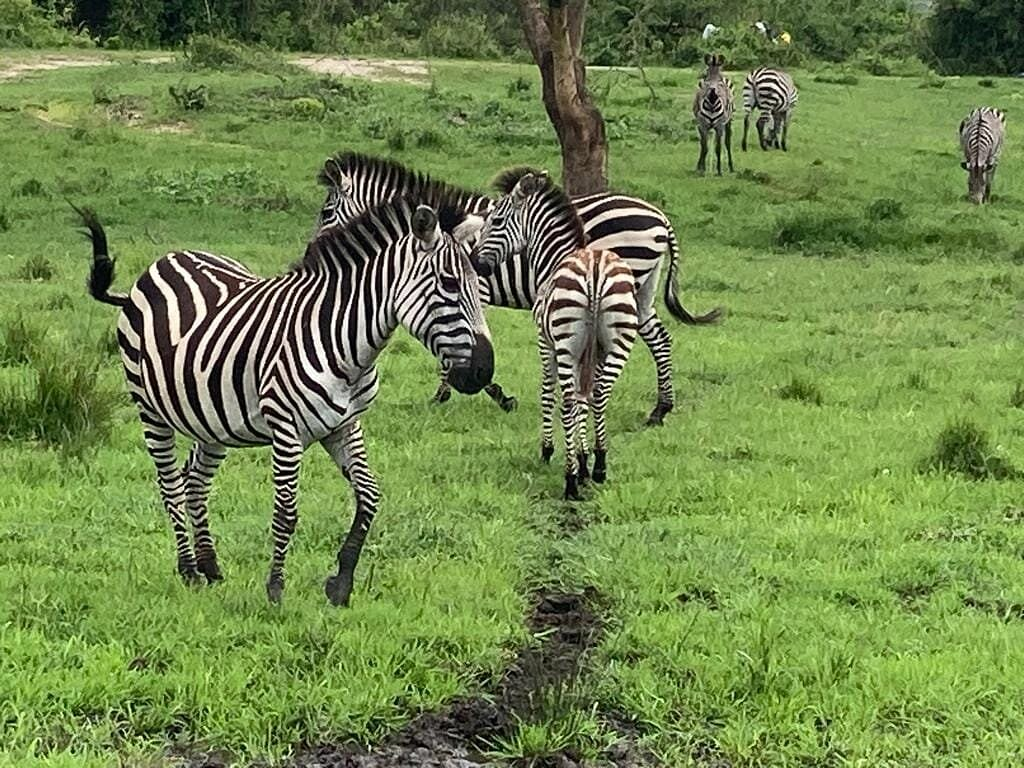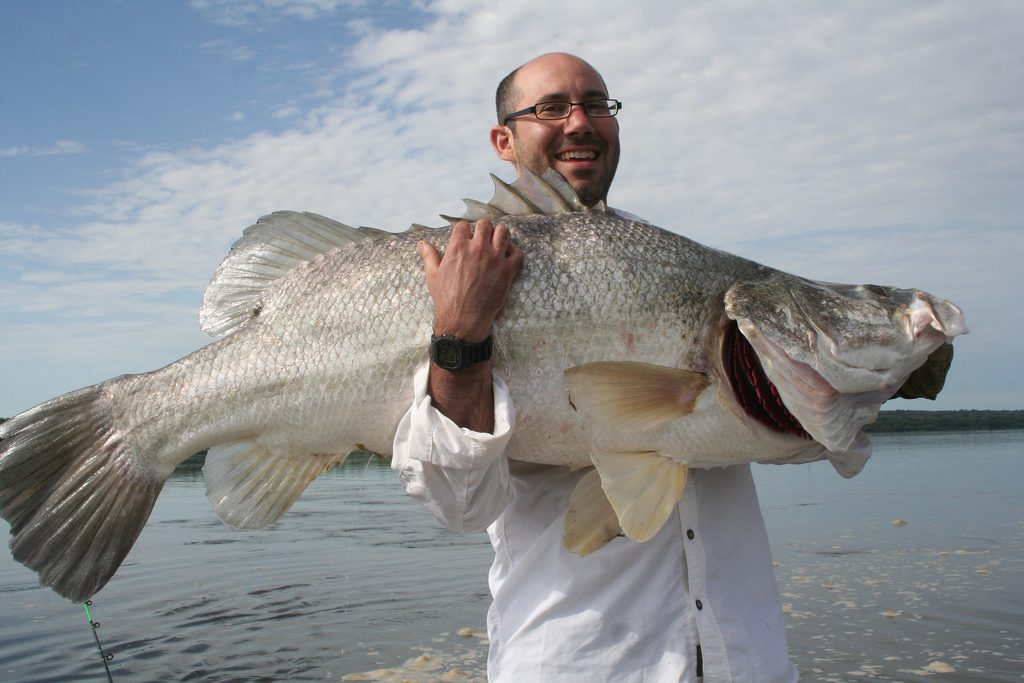Lake Mburo National Park
Guide to Lake Mburo National Park: Top Things to see & Do
Lake Mburo National Park updated travel guide covers everything you need to know about this park, including the attractions, activities, best time, accommodation, and how to get there. Lake Mburo National Park is one of the best destinations in Uganda to visit for wildlife safaris. It is the nearest Park to Kampala city, with tourists often spending not more than 4-5 hours of driving.
Lake Mburo National Park is found in Nyabushozi County in Kiruhura district, western Uganda. From Kampala to Lake Mburo Park is 240 km and from Mbarara city, about 30km. The park is strategically lying within the Western circuit, a region well-known for its rewarding wildlife experiences.
Lake Mburo became a Controlled Hunting Area in 1933 and was upgraded to a reserve in 1963. It was designated as a National Park in 1983 and currently covers about 370 sq. km. This park lies at an altitude of 1220-1828m. It is most popular as whispers of the wild, priding itself of unique beauty and biodiversity. It is a hidden gem of its own that nature lovers shouldn’t miss to explore on a safari in Uganda.
The landscape of Lake Mburo National Park mainly comprises scenic lakes, wetlands, and savannas. More than 20% of the park is largely wetland and is also connected by swamps, and five lakes also border this protected area. Lake Mburo features a range of habitats, each with abundant species comprising terrestrial & aquatic animals plus birds.
Major Things to See in Lake Mburo National Park
Wildlife
A record of 68 species of mammals survive in Lake Mburo National Park, and they comprise primates, herbivores, and more. This park holds the highest concentrations of impalas, zebras, topis, hippos, warthogs, bushbucks, Bohor reedbucks, elands, crocodiles, buffaloes, Rothschild giraffes, and oribis. Lake Mburo also contains hyenas, side-striped jackals, klipspringers, sitatunga, and leopards.
The birds
Lake Mburo National Park alone is a great habitat to about 350 species of birds, making it an Important Bird Area. The park shelters birds such as mosque swallow, black-bellied bustards, Ruppell’s starling, African harrier hawks, cinnamon-chested bee-eaters, African fish eagles, great blue turacos, bare-faced go-away bird, martial eagle, European bee-eaters, and lilac-breasted rollers.
Other bird species include elusive shoebill storks, double-toothed barbets, African wattled lapwing, spur-winged lapwing, African paradise flycatchers, African fin foot, red-faced barbets, pied kingfishers, malachite kingfishers, and bateleur. Lake Mburo Game Park also protects birds such as Eastern plantain eaters, banded snake eagle, green wood-hoopoe, laughing dove, pink-backed pelicans, pennant-winged nightjars, Senegal thick-knee, African emerald cuckoos, Diederik, African darters, southern red-bishops, rufous-bellied herons, and Namaqua doves.
What to do in & around Lake Mburo
Lake Mburo National Park safaris have plenty to offer the world from game drives, launch or boat cruise, birding, nature/bush walks, cycling, quad biking, and cultural experiences. Below is the detailed list of activities to do in Lake Mburo National Park, Uganda.
Game drives
 Game drives are exciting and fun. Lake Mburo is one of the best places to visit for you to enjoy game viewing in the savanna plains. Using a 4WD car, you can explore a variety of wildlife in the various savanna tracks, including Kazuma, Kigambira Loop, and Zebra game tracks. A guided game drive along these trails can take about 2-3 hours and comes with amazing encounters of zebras, leopards, giraffes, buffaloes, impalas, elands, topis, and oribis, etc.
Game drives are exciting and fun. Lake Mburo is one of the best places to visit for you to enjoy game viewing in the savanna plains. Using a 4WD car, you can explore a variety of wildlife in the various savanna tracks, including Kazuma, Kigambira Loop, and Zebra game tracks. A guided game drive along these trails can take about 2-3 hours and comes with amazing encounters of zebras, leopards, giraffes, buffaloes, impalas, elands, topis, and oribis, etc.
Bird-watching/birding
Embarking on the guided birding tour in Lake Mburo is a great way to enjoy the incredible sights of birds. These range from acacia and aquatic species that survive in the various habitats, including Rubanga Forest, Warukiri, and Miriti swamp valley. The main birds to identify include saddle-billed storks, black-throated barbets, bare-faced-go-away, brown chested lapwings, Nubian woodpeckers, mosque swallow, white-winged tit, and African fin-foot.
Sport fishing
 Sport fishing excursions should be a must-do for all anglers. Expect to engage in the sport fishing tour using the proper gear on Lake Mburo. Participating in the fishing excursion is best done by anglers with valid fishing permits, and you can arrange this with the local tour operator on the ground.
Sport fishing excursions should be a must-do for all anglers. Expect to engage in the sport fishing tour using the proper gear on Lake Mburo. Participating in the fishing excursion is best done by anglers with valid fishing permits, and you can arrange this with the local tour operator on the ground.
Nature walks
Guided walks offer complete immersion into the savanna plains. Expect to enjoy sights of wildlife and birds on a guided nature walking tour. The ideal spots for nature walking experiences in Lake Mburo National Park include salt lick trails, Rubanga, and Kazuma Hill.
Boat cruise experience
To enjoy sights of aquatic life, expect to embark on a boat cruise tour which takes about 2-3 hours. You will explore a variety of aquatic animals like hippos, crocodiles, and birds. This can be done in the morning/afternoon, and each session promises captivating encounters.
Cycling tour
Guided cycling excursions offer a unique opportunity for you to explore the wonders in Lake Mburo National Park. Visitors can ride through the plains of the park while sighting some of the amazing animals like elands, topis, giraffes, impalas, and many zebras.
Horseback riding excursions
You can also be part of the rewarding horseback riding excursions in Lake Mburo National Park, a rare opportunity to explore the park’s diverse wildlife. A guided horseback ride allows you to come across a diversity of animals, including duikers, zebras, bushbucks, and impalas. You can also come across diverse bird species, plus other species.
When should you visit Lake Mburo National Park, Uganda?
A safari in Lake Mburo National Park can be arranged at any time of the month or year. But the most preferred time is the dry season, which is experienced from June to September, or you can plan to travel around December to February.
Where to stay during the Uganda safari in Lake Mburo National Park
The lodges and camps present in and near this park include budget, midrange, and luxury. The available options to book include Hyena Hill Lodge, Mburo Eagles Nest, Kigambira Safari Lodge, Lake Mburo Luxury Tented Camp, and Mihingo Lodge.
Getting to the park
Lake Mburo National Park is reachable by road/air –whereby road travel takes 4 to 5 hours’ drive from Kampala. You can reach the park on the Kampala-Masaka-Mbarara route and expect to use a comfortable 4WD safari car. Access gates to Lake Mburo, Sanga Trading Centre gate and Nshara park gate. Air transport involves flying from the Entebbe International Airport (EBB) to Mbarara Airstrip, 30 km.